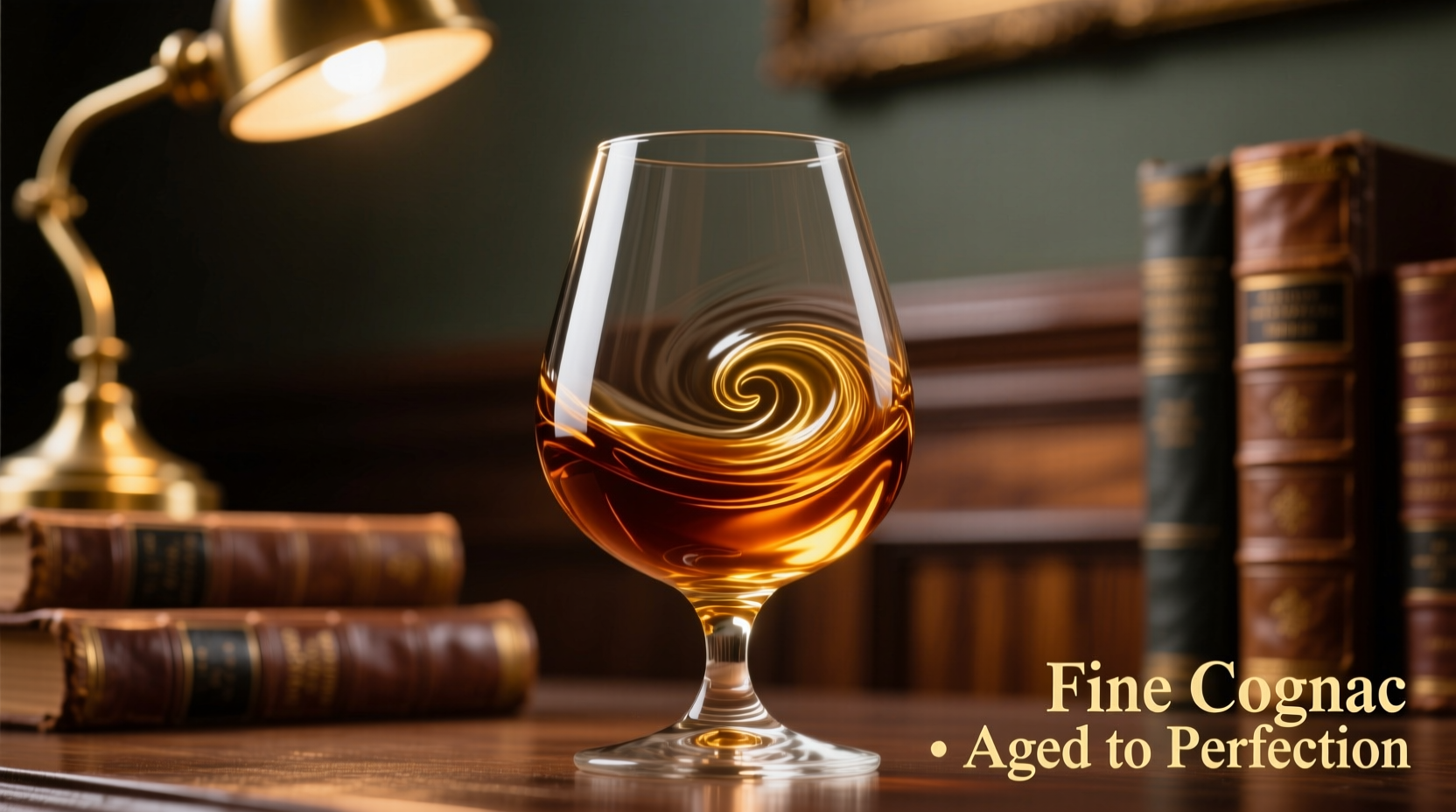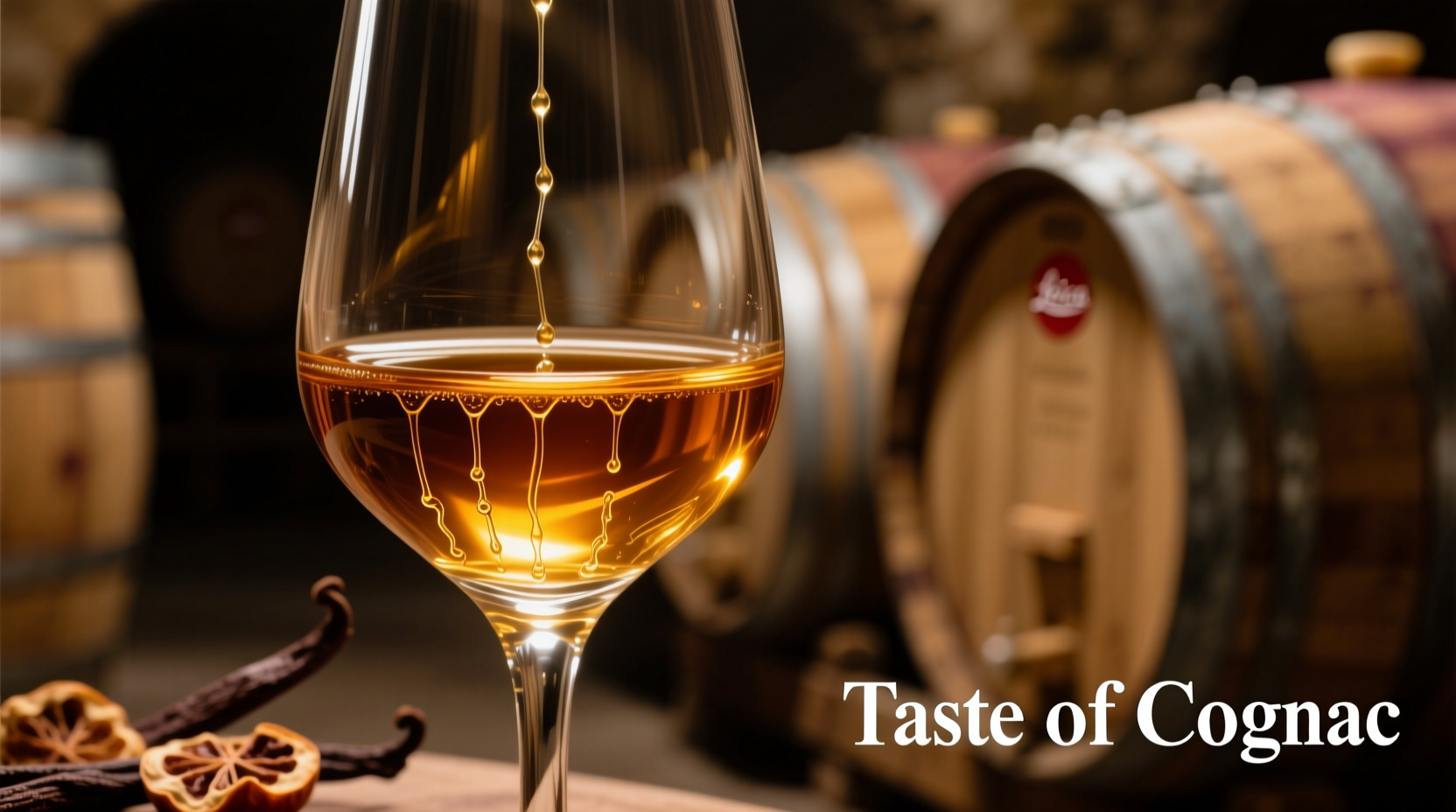Ever wondered what makes cognac so distinctive in your glass? Whether you're considering your first sip or looking to deepen your appreciation, understanding cognac's flavor profile transforms casual drinking into a sensory journey. This guide breaks down exactly what you'll experience when tasting cognac, how production affects flavor, and practical tips to identify those subtle notes that make each glass unique.
Decoding Cognac's Signature Flavor Profile
When you take your first sip of cognac, you're experiencing a complex interplay of flavors developed through meticulous production. The distinctive taste of cognac emerges from several key components working in harmony:
- Fruit notes - Dried apricot, raisin, orange peel, and sometimes fresh grape
- Wood influence - Vanilla, caramel, toasted oak, and subtle spice from barrel aging
- Floral elements - Honeysuckle, violet, and sometimes rose petal
- Secondary characteristics - Leather, tobacco, and earthy notes in older expressions
Unlike whiskey which often features grain-forward notes, or rum with its molasses sweetness, cognac flavor profile remains distinctly wine-based despite its distillation. This wine heritage creates a brighter acidity that balances the richness from oak aging.
How Production Shapes What Cognac Tastes Like
The journey from grape to glass involves several critical steps that determine what cognac tastes like. Understanding these processes helps explain flavor variations between different bottles.
The Double Distillation Process
Cognac's unique character begins with its double distillation in copper pot stills. This process concentrates desirable aromatic compounds while removing harsh elements. The "heart" cut collected during distillation contains the purest flavors, while the "heads" and "tails" get discarded. This careful selection directly impacts the cognac tasting notes you'll experience.
Barrel Aging: Where Flavor Develops
All cognac must age in French oak barrels, but the duration dramatically affects flavor. As cognac interacts with wood, it extracts compounds that create characteristic notes:
| Cognac Age Designation | Minimum Aging | Primary Flavor Characteristics |
|---|---|---|
| VS (Very Special) | 2 years | Bright fruit notes, subtle oak, fresh citrus |
| VSOP (Very Superior Old Pale) | 4 years | Richer dried fruits, noticeable vanilla, balanced oak |
| XO (Extra Old) | 10 years | Complex dried fruits, deep caramel, leather, spice |
| XXO (Extra Extra Old) | 14 years | Layered flavors, rancio notes, profound complexity |
This aging timeline shows how extended barrel contact develops the cognac flavor profile from simple fruitiness to complex layered characteristics. The wood's tannins soften over time while contributing vanillin and other flavor compounds.

Regional Differences in Cognac Taste
Not all cognac tastes the same—geography plays a crucial role. The Cognac region in France contains six distinct crus (growing areas), each contributing unique characteristics:
- Grande Champagne - Considered the finest, produces cognacs with exceptional floral notes and longevity
- Petite Champagne - Similar to Grande but slightly less complex
- Borderies - Known for nutty, rounded flavors and faster maturation
- Fins Bois - Fruity, approachable cognacs that mature relatively quickly
- Bons Bois and Bois Ordinaire - More rustic expressions with distinctive regional character
According to the Bureau National Interprofessionnel du Cognac (BNIC), the official regulatory body, these regional differences stem from varying soil compositions and microclimates across the Cognac appellation. The chalky limestone of Champagne regions, for example, contributes to the distinctive floral notes found in those cognacs (bnic.fr).
How to Taste Cognac Like a Professional
Understanding what cognac tastes like requires proper technique. Follow these steps to fully appreciate your cognac:
- Choose the right glass - Use a tulip-shaped snifter that concentrates aromas
- Examine the color - Hold against light to assess amber tones (deeper color suggests longer aging)
- Swirl gently - Releases volatile compounds without evaporating alcohol too quickly
- Nose carefully - Take short sniffs to identify primary fruit notes, then deeper to detect secondary characteristics
- Sip deliberately - Let cognac coat your palate to experience the full flavor development
- Consider the finish - Note how long flavors linger and how they evolve
Temperature significantly affects cognac flavor characteristics. Serve between 60-65°F (15-18°C)—too cold suppresses aromas, while too warm emphasizes alcohol burn. Never serve cognac straight from the freezer, as this numbs your palate to subtle flavors.
Common Misconceptions About Cognac Flavor
Several myths persist about what cognac tastes like that can set unrealistic expectations:
- "All cognac tastes strongly of oak" - While oak influence is present, quality cognac balances wood notes with fruit and floral elements
- "Older cognac is always better" - Personal preference matters; some prefer the vibrant fruit of younger expressions
- "Cognac should be consumed only after dinner" - Modern palates enjoy cognac in various settings, including as a sophisticated aperitif
- "Cognac is too sweet" - Unlike some brandies, authentic cognac contains no added sugar
Perfect Pairings: Enhancing Cognac's Flavor Profile
Certain foods can highlight specific aspects of cognac taste characteristics. Try these pairings to discover new dimensions:
- Dried fruits - Raisins or figs amplify cognac's natural fruit notes
- Dark chocolate (70%+) - Complements caramel and oak elements
- Nuts - Almonds or walnuts enhance nutty undertones in Borderies cognacs
- Citrus peel - A twist of orange or lemon zest can brighten older expressions
- Cheese - Aged cheeses like Comté create interesting flavor contrasts
When pairing, serve cognac at room temperature and food slightly cooler. Take a small sip of cognac, then the food, then another sip to experience how flavors interact—a technique known as flavor layering that reveals new dimensions in cognac tasting experience.
Recognizing Quality Cognac by Taste
While personal preference plays a role, certain characteristics distinguish well-made cognac:
- Balance - No single element (alcohol, oak, fruit) dominates
- Complexity - Multiple flavor layers that evolve from nose to finish
- Length - Flavors linger pleasantly on the palate
- Smoothness - Absence of harsh alcohol burn
- Harmony - All elements work together cohesively
Avoid cognacs with artificial sweetness, overwhelming alcohol heat, or disjointed flavor elements—these indicate poor production practices rather than authentic cognac flavor development.
Developing Your Cognac Palate
Training your palate to identify cognac tasting notes takes practice but yields rewarding results. Start with these exercises:
- Vertical tasting - Compare different age expressions from the same producer
- Horizontal tasting - Sample similar age categories from different regions
- Flavor journaling - Record your impressions to track developing sensitivity
- Blind tasting - Test your ability to identify key characteristics without bias
Over time, you'll develop the ability to discern subtle differences between cognacs, enhancing your appreciation of this sophisticated spirit's complex flavor profile.











 浙公网安备
33010002000092号
浙公网安备
33010002000092号 浙B2-20120091-4
浙B2-20120091-4